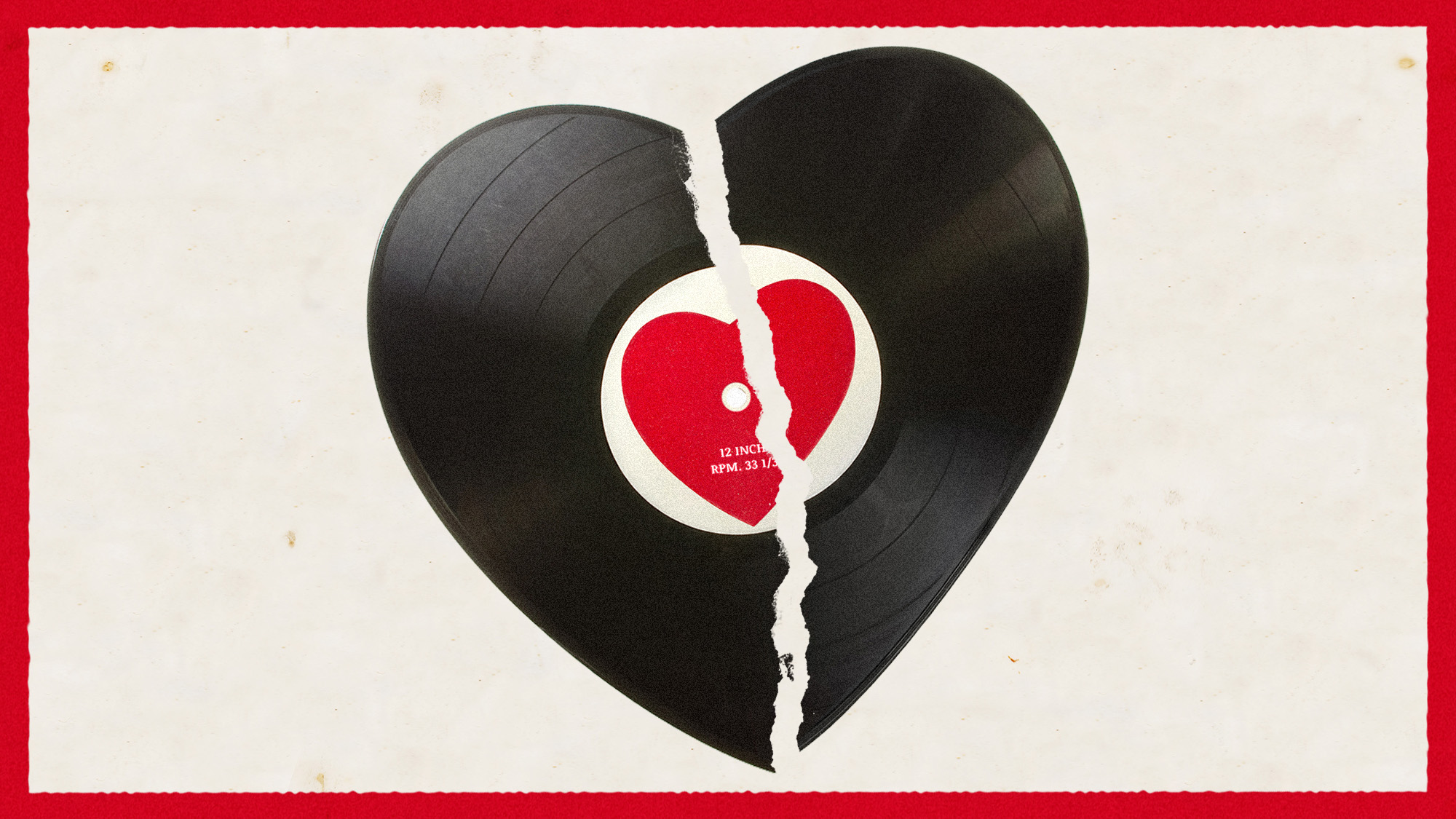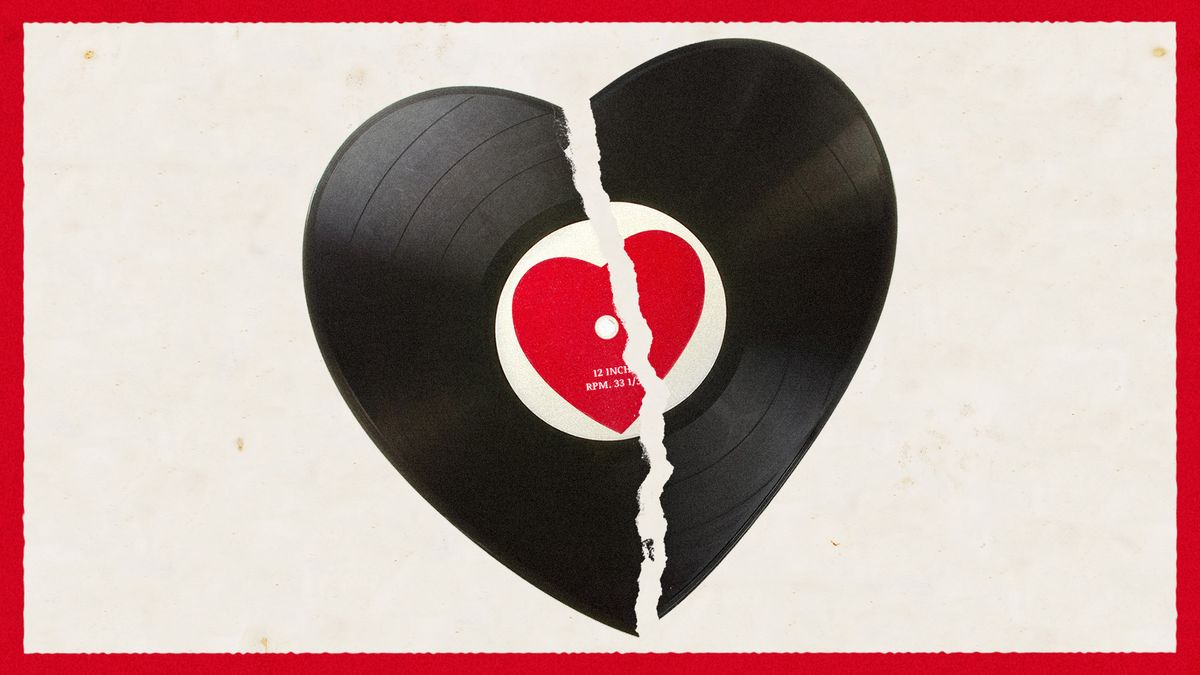For many adults, memories of adolescence are inextricably bound up in the music that helped them define their teenage identities and form almost tribal allegiances with others who shared their tastes. But for children and young adults today, exploring music is a very different experience.
In previous generations, the prevalence of physical media like cassette tapes, vinyl records and CDs meant that children could independently develop a relationship with music from an early age. But with most music now consumed via streaming and parents increasingly cautious about untrammelled access to the internet, today’s pre-teens have “virtually no musical autonomy”, said Oliver Keens in The Guardian.
The risk is that the emerging generations “don’t have the type of welded bond to music that only the white heat of youth can forge”. And who can blame them, if their childhood has been spent in “the walled garden” of parental tastes and “safe curated playlists such as Spotify Kids”?
Subscribe to The Week
Escape your echo chamber. Get the facts behind the news, plus analysis from multiple perspectives.
SUBSCRIBE & SAVE
Sign up for The Week’s Free Newsletters
From our morning news briefing to a weekly Good News Newsletter, get the best of The Week delivered directly to your inbox.
From our morning news briefing to a weekly Good News Newsletter, get the best of The Week delivered directly to your inbox.
The decline of subcultures
The weakening link between music and identity is part of a wider trend away from the rigidly defined subcultures that were a hallmark of the adolescent experience for past generations.
While platforms like TikTok spawn an endless stream of short-lived “aesthetic” micro-labels, from Soft Girl to Preppy, actual subcultures “have largely collapsed”, said Mireille Silcoff for The New York Times magazine.
Established real-world “scenes” that could once offer a hypothetical teen a “communal container from the moment she woke up to the moment she went to bed” have been displaced by a series of fleeting “cultural atmospheres, performed mainly online”.
That doesn’t mean that younger generations are entirely lacking a defining sound. Enter Zoomer Gaze, said Harvey Solomon-Brady for music website WhyNow, “a mix of Shoegaze’s dreaminess, grunge’s raw energy, and a touch of hyperpop”.
TikTok is often the launch ground for these “atmospheric and emotionally charged” compositions, lending an added emphasis on music that is “not just aural but also visually aesthetic”.
No limits
A 2020 Youth Music/Ipsos Mori survey of children in England aged between 7 and 17 offers some insight into how young people today relate to music. It found that 90% of those polled had listened to music in the previous week, although two-thirds reported doing so while doing something else rather than as an activity in and of itself.
Genres are also “becoming redundant as their choice of music is increasingly driven by their mood and state of mind”. This was reflected in the diversity of their tastes. When asked to name three favourite artists, chart-topping acts were frequently cited, but in total the 1,001 respondents named a total of 633 artists across more than 300 genres.
The picture that emerges is one of a generation immersed in a fast-moving world of ephemeral aesthetics soundtracked by a limitless landscape of musical genres, to whom the notion of attaching one’s identity to a single sound seems quaint.
But a youth culture concocted and consumed online will do little to address “diffuse loneliness and alienation”, said Silcoff. That takes “real-world cultural community”. Today’s parents might need to revisit the received wisdom of their own adolescence and conclude that “youth belong at the rave, at the block party, in the mosh pit”.


